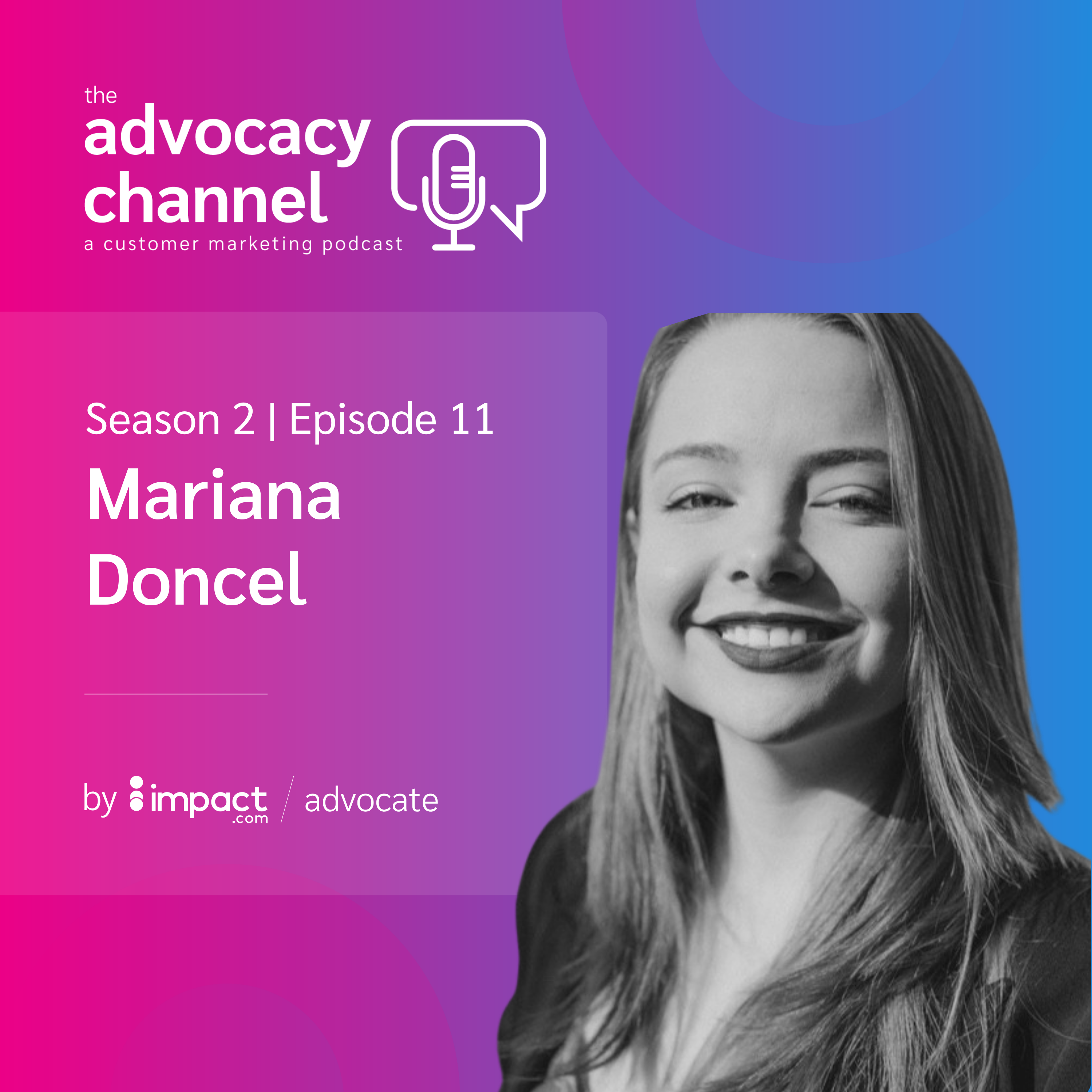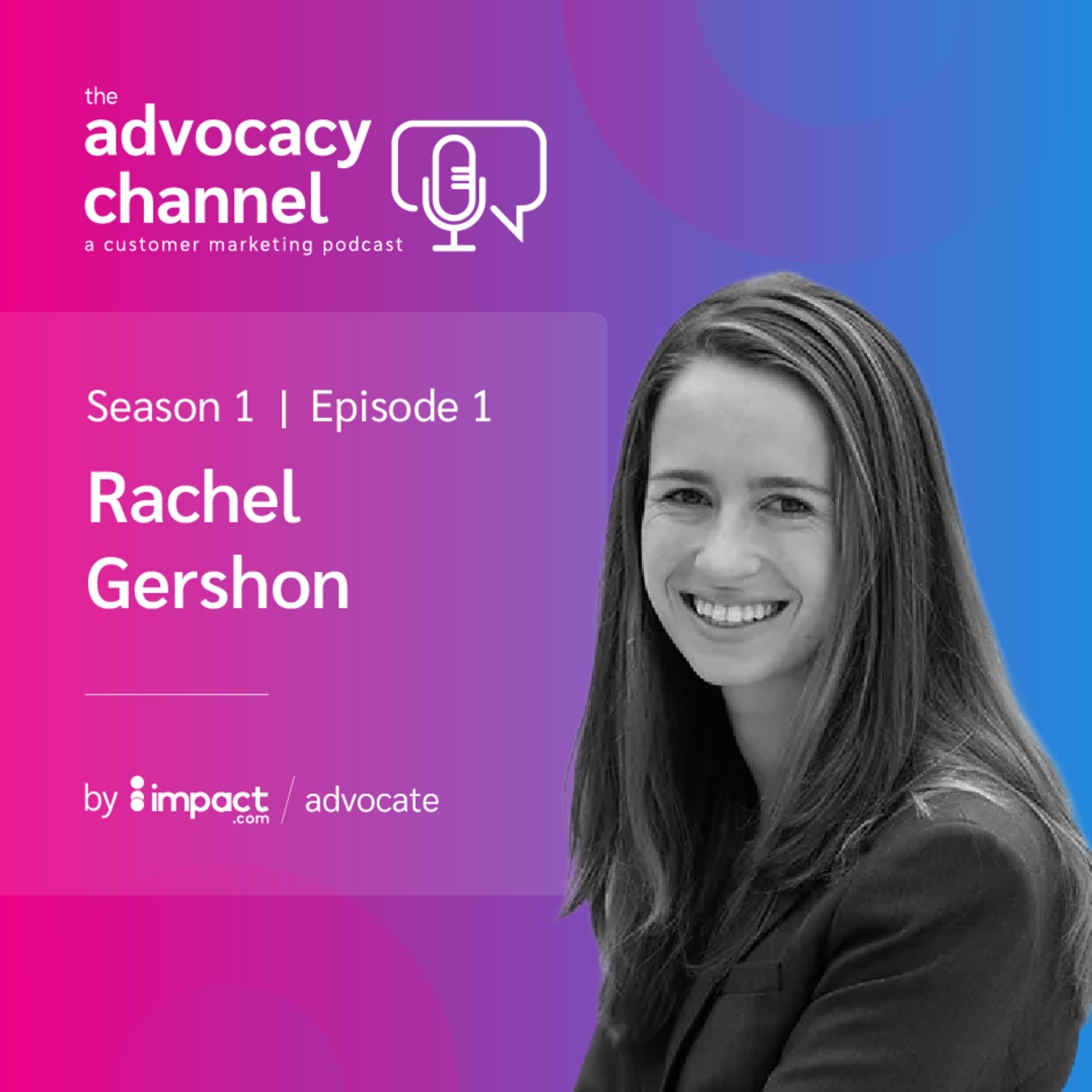Episode Transcript
Will Fraser: Welcome Ozkan, thank you very much for joining us today.
Ozkan Demir: Hi Will, thanks for having me.
Will: Yeah, it's a real pleasure. I've been looking forward to this conversation. Our listeners just heard a bit about where you're from and your background, but I'd love to get from you a brief understanding of what Pisano is and what you guys are doing in the world.
Ozkan: Thanks again for the opportunity. It's my great pleasure being here and sharing what we are doing and what we've built over the years. I'm one of the co-founders and CEO of Pisano. We're an experience management platform helping businesses implement voice of customer and voice of employee programs. Pisano was founded in Istanbul, Turkey in 2015, then we moved our headquarters to London UK and started expanding. We currently serve hundreds of businesses in over 30 countries across the EMEA region.
Will: And we're so lucky to have you here as the founder. I always find founder stories really exciting. What got you started in solving this problem? What did you guys see initially?
Ozkan: That's funny because if I knew what our space was on day one, we probably wouldn't be in this business. I love what we do - the experience work, helping people get their voice heard, whether as customers or employees. But on the business side, it's probably one of the bloodiest red oceans in the world. It wasn't an easy journey.
When we started Pisano, we had a simple idea that businesses need to talk to their customers. We didn't want feedback going through third-party platforms like social media, which are black boxes. The first known feedback in history was around 1700 BC, displayed in the London Museum - a trader who bought copper and wasn't happy with the quality left feedback on cave walls. The way feedback was collected hadn't evolved much before Pisano. We wanted to create a better way for businesses to get and use this data to make better decisions and provide better experiences.
Will: And as you help companies collect feedback and the voice of the customer, I assume that's not being done by cave wall. How does one go about starting to build their customer feedback program today?
Ozkan: That's a difficult but also simple question given today's access to information. There are three types of customer feedback. First is inferred data - what you already have without doing anything. This is transactional or behavioral data showing what customers are buying, returning, or which features they're using. Second is direct feedback, usually through surveys at certain journey points or moments of truth. We collect this data and combine it with transaction data. Third is indirect data - what customers are already writing on social media, saying to your contact center, or emailing support. These three types analyzed together form the basis of voice of customer programs.
Will: Could you touch on that moment of truth a little more? Do you have examples of what those moments might be? Is it about when they get asked or just about giving them a chance to tell the truth?
Ozkan: Both. Under voice of customer direct feedback programs, we first do relationship surveys - analyzing relationships quarterly, especially in B2B space. We ask NPS questions like how likely they'd recommend us, include open-ended areas for comments, and add CSAT and customer effort score questions about specific tasks or features. These are longer surveys since they're quarterly.
The second area is channel experience. Whether you're a customer marketer in tech or retail, you may not control the call center or processes, but you want to ensure channels provide the right experience.
The third area is moments of truth in customer journeys. Take applying for a credit card - you fill an online form, get an automated message, someone reviews it, it's approved, they send the card, you activate it, use it, get your first bill, and pay. Each touchpoint - the website, communication, delivery, activation, first use - these are moments where we do trigger-based feedback collection.
At these moments we focus on three things: success (could they accomplish their task), emotion (usually measured by CSAT), and effort required. When you combine this with customer profiles and transaction data, you get a 360-degree view. That's the moment of truth - seeing through the customer's eyes. With millions of data points showing what works and doesn't, you can clearly define your roadmap.
Will: There's lots of good stuff there. I like how you're not just thinking about surveys at the end of a journey or near renewal for subscriptions, but layering feedback into each step. Technology today makes that much easier than in physical transactions. You mentioned quarterly or semi-annual surveys - are there rules of thumb for frequency? Some might think asking at each step is too much.
Ozkan: That's often the first question from new clients - are we bombarding customers with surveys? There's even a term "survey fatigue." With today's technology, we can set communication preferences to avoid over-surveying.
But frequency really depends on the business model. For a retailer, asking feedback once or twice a week isn't too much because there's that much interaction. Think of a coffee shop - you might visit daily, maybe multiple times, plus order beans online. With that much interaction, three surveys a week isn't excessive.
But for a B2B customer like a retailer using Pisano, weekly feedback would be too much. They'd say "we just talked days ago - what's changed?" So in B2B, quarterly is more appropriate. Just make sure you're not asking the same questions at the same touchpoints repeatedly. If the content changes for different purposes, frequency isn't an issue.
Will: That makes sense - the rate of customer engagement or changes in their relationship can drive feedback cadence. Many groups struggle with or fear getting high engagement rates. Do you have best practices built into the platform or tips for getting people to respond?
Ozkan: Beautiful question - we could talk about this for weeks. For better survey response rates, be personal. That doesn't just mean using the customer's name in an email. You know the customer, their preferences, their transaction history - design questionnaires accordingly. That increases response likelihood.
For channel-based or transactional surveys, keep them short - two to three questions - and timing is crucial. If you don't catch the right moment, you'll collect feedback about the remembered experience, not the actual experience. Being there at the right time with context, not using the same format for everyone, shows engagement and increases response rates.
Ozkan: None of our customers has seen decreasing feedback - it always increases because people trust it's not a black box. Someone reads, analyzes, and acts on their feedback. When you close the feedback loop by responding to unhappy customers, that's the inner loop. For larger feedback about products and processes that take time to change, you may need more details. You might change IVR systems, delivery companies, or delivery slots. These bigger projects don't happen overnight, and customers understand that. But when you tell them "you asked for these changes and we've made them," they're more likely to give feedback next time.
Will: That's an important point - feedback is a trust process, a two-way street. We need to show people their feedback makes a difference, whether addressing direct feedback like "Tom was rude" or larger asks. Should we acknowledge receipt of larger suggestions, or just update everyone when changes are made?
Ozkan: That's what we're trying to achieve - true customer centricity. The best products, services, and processes are always developed with customers. You can't know without asking them. Customer feedback should be at the end of all product and service development processes.
At Pisano, we use our own platform and processes. Every day, all employees worldwide discuss customer feedback one by one. That's how we survive in such a competitive market and prioritize everything. Otherwise, how would you know what to develop tomorrow? How would you know you're not wasting millions?
We keep customers part of the process. When they share feedback, we acknowledge it, evaluate it, and if we decide to implement it, we tell them when it will be available. When it launches, we email them specifically: "You asked for this, it's now on your dashboard." That's why we say Pisano is developed for and with customers.
Will: That's great - you're maintaining a list of who needs updates when we decide on a project and when it launches. Not just a general company newsletter saying "new feature," but "specific customer, due to your feedback, this is now released." Even if 15 people asked for the same thing, you can send similar emails to each. That's impressive customer centricity that many companies struggle with. Earlier you mentioned relational research - can you explain what that is for our listeners?
Ozkan: Basically, it's periodic outreach to understand how your relationship with customers is doing. It's about measuring the success and health of that relationship in your customer portfolio. Application varies by organization size and industry, but for B2B SaaS, we highly recommend at least quarterly outreach. Customers have the power - they can terminate your contract tomorrow. That's the beauty of software as a service.
You need to contact them about both the software and surrounding services. Reach out quarterly in an open format, track feedback over time. First understand issues and try to fix them, then take product feedback for your roadmap. The second time, you'll see the delta - who moved where and why. Maybe support response time wasn't good, they didn't use new features, changes made things worse, or they're unhappy with their account manager.
You can't survive without knowing that pulse. Use the trend to make decisions - which customers can talk to prospects, who to invite to webinars, who to feature in case studies, which unhappy customers need product team attention. There's tremendous value in relationship surveys.
Will: Are these email surveys, text messages, phone calls? How do you best collect this?
Ozkan: We usually start with personalized emails, but considering how many emails marketers receive daily, it might be missed first time. So we do a second try. Third is a personal reminder from our team using specific dynamic custom links from our platform. Fifth step is actually calling people.
This also depends on roles. At a bank, Pisano might be used by 7,000-10,000 people. You need to be clear about who you want feedback from. If you're collecting feedback about a feature, there's no point asking the VP of Customer Experience - you need to ask actual users.
Will: That makes sense - an escalating chain of messaging, but remembering that depending on your customer base and size, that escalation might not make sense for all 10,000 employees. And you don't want to ask every contact about a feature if many won't use it. This has been a wonderful conversation. Before we go, where can people find you and Pisano if they want to connect and hear more?
Ozkan: Thanks again for the opportunity. I truly enjoyed the conversation and I'm happy to share more. We have Pisano Academy, a free platform where we share what we know. It's accessible at pisano.com, our website. We're very active on LinkedIn - just search for Pisano. Happy to connect either way. About 30,000 people are actively engaged with Pisano Academy across 20 countries. That shows how powerful the community is, and there's lots of good quality content.
Will: Wonderful. That sounds really exciting. We'll put all those links in the show description. Thank you very much for your time today and hope we have you back soon.
Ozkan: Thanks, Will.


